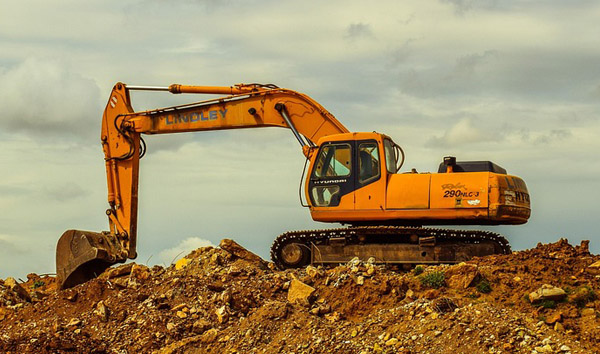The Future of Heavy Lifting: Electric vs. Diesel Rough Terrain Forklifts
2025-08-02 04:05:32
The construction, agriculture, and logistics sectors increasingly rely on Rough Terrain Forklifts for heavy-duty material handling. Traditionally, diesel-powered models dominated due to their high torque and durability. However, advancements in electric forklift technology, including lithium-ion batteries and regenerative braking, are reshaping the market. According to industry data, electric models now account for 28% of new rough terrain forklift sales, up from just 12% five years ago.
Performance and Power Output Diesel rough terrain forklifts deliver unmatched power, with torque outputs exceeding 300 lb-ft, making them ideal for extreme conditions like muddy construction sites. Electric models, however, are catching up—modern variants offer comparable lifting capacities (up to 12,000 lbs) with instant torque delivery. A 2023 study by the Industrial Truck Association found that electric forklifts reduced downtime by 18% due to fewer mechanical failures, though diesel units still outperform in continuous 10+ hour shifts.
Operational Costs and Efficiency Electric rough terrain forklifts boast lower lifetime costs, with energy expenses 40% cheaper than diesel fuel, per DOE estimates. Maintenance is simpler, with no oil changes or exhaust system repairs. Conversely, diesel models incur higher fuel costs (averaging $4.50/gallon) and stricter emission compliance expenses. However, electric forklifts require battery replacements every 5–7 years, a $6,000–$10,000 investment.
Environmental and Regulatory Impact Diesel forklifts emit 8.5 tons of CO2 annually per unit, contributing to tightening EPA Tier 4 regulations. Electric models produce zero on-site emissions, aligning with corporate sustainability goals. Notably, California’s AB 1346 mandates a phase-out of diesel forklifts by 2035, accelerating adoption of electric alternatives. Noise pollution is another factor—electric units operate at 65 dB, half the volume of diesel engines.
Future Market Trends By 2030, analysts project electric rough terrain forklifts to capture 45% of the market, driven by battery innovations and carbon-neutral policies. Hybrid models, combining diesel and electric systems, are emerging as a transitional solution. For now, diesel remains king in remote areas with limited charging infrastructure, but the gap is narrowing. The choice hinges on balancing upfront costs, operational needs, and regulatory pressures—a decision reshaping the future of heavy equipment.













